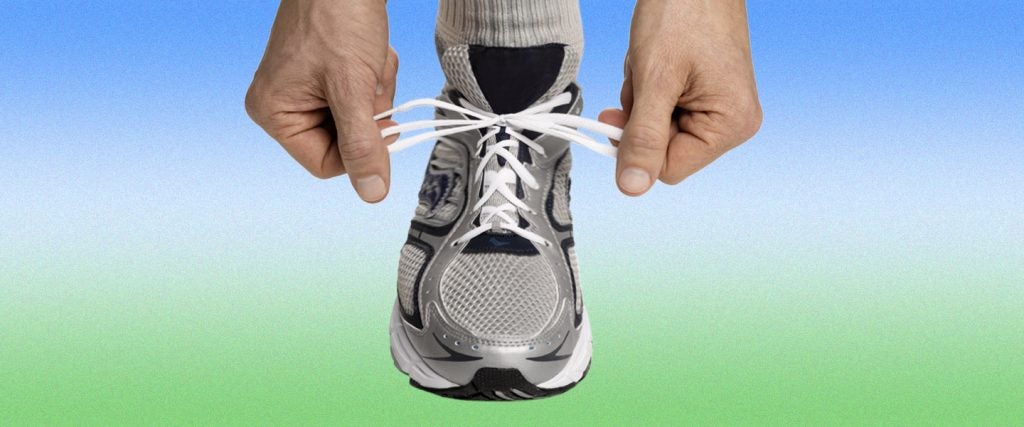“Y’all see how Ian always got his laces tied extra tight, like he about to go runnin’?”
All of the members of the Southfield High School Marching Band within earshot of that observation exploded into laughter at that remark, and so did I. In the years before our band became a traditional show-stopping machine that was obligated to memorize new marching and musical routines every two weeks, practices were tedious, interminable affairs, and we often entertained ourselves during downtime by roasting each other as we stood in formation.
In this case, our baritone player Clifton had pointed out something that had forever been true about his low-brass collaborator from the trombone section, which happened to be me: In an era where my peers often wore loose-fitting shoes with noticeably relaxed laces, my shoes were always laced extraordinarily tight. “It helps me march better, man,” I replied, lightheartedly.
“But they always look like they double knotted,” he continued. “No wonder you always so high-strung!”
More laughter, including from me — because it was both funny and true. Clifton’s barb from nearly 30 years ago begs a question, though: Was it really necessary for my shoes to be so tight? More importantly, is it really essential for an athlete’s running shoes to be tight?
Yeah, how tight should my running shoes be?
The optimal way to think about this is in terms of comfort and security instead of tightness, because the word “tight” can be used to describe features that are absolutely desirable in a shoe with a secure fit, but it can also be considered uncomfortable.
What do I mean by that? First of all, the heel of your foot should fit securely in the back of the shoe, and shouldn’t slip in any direction. Such a slippage could occur if the shoes are too big for you, or they’re not tied tightly enough. Despite the snugness and security of the fit from your heel all the way along the sole, and straight to the balls of your feet, you still want your fit to be loose enough that your toes have the freedom to wiggle and move.
What would happen if I ran while wearing shoes that are either too tight or not tight enough?
If your shoes are entirely too tight, they’ll have a negative influence on your running by reducing the capacity for your feet to adjust to the running surface when they strike it, thereby wreaking havoc upon your balance. To say nothing of the long-term health problems associated with wearing shoes that are too tight, including the onset of blistering and deformities, and the potential loss of cartilage in your feet.
On the other end of the spectrum, loose shoes don’t dull the force of each foot strike, which is more likely to lead to stress fractures. A loose shoe also has the potential to spontaneously slide completely off of your foot mid-run, adding to the likelihood of a stumble or a spill.
I had no idea I should take the fit of my shoes so seriously!
Neither did I, but I’m pleased to know I was preserving the health of my feet for future high school swim seasons by marching in properly laced shoes!
So that’s the answer to how tight your shoes should be: Secure throughout, with some wiggle room in the front. It’s a truth you absolutely cannot run from. Or, I guess you can run from it. You’re just gonna end up with a lot of blisters — or much, much worse.

